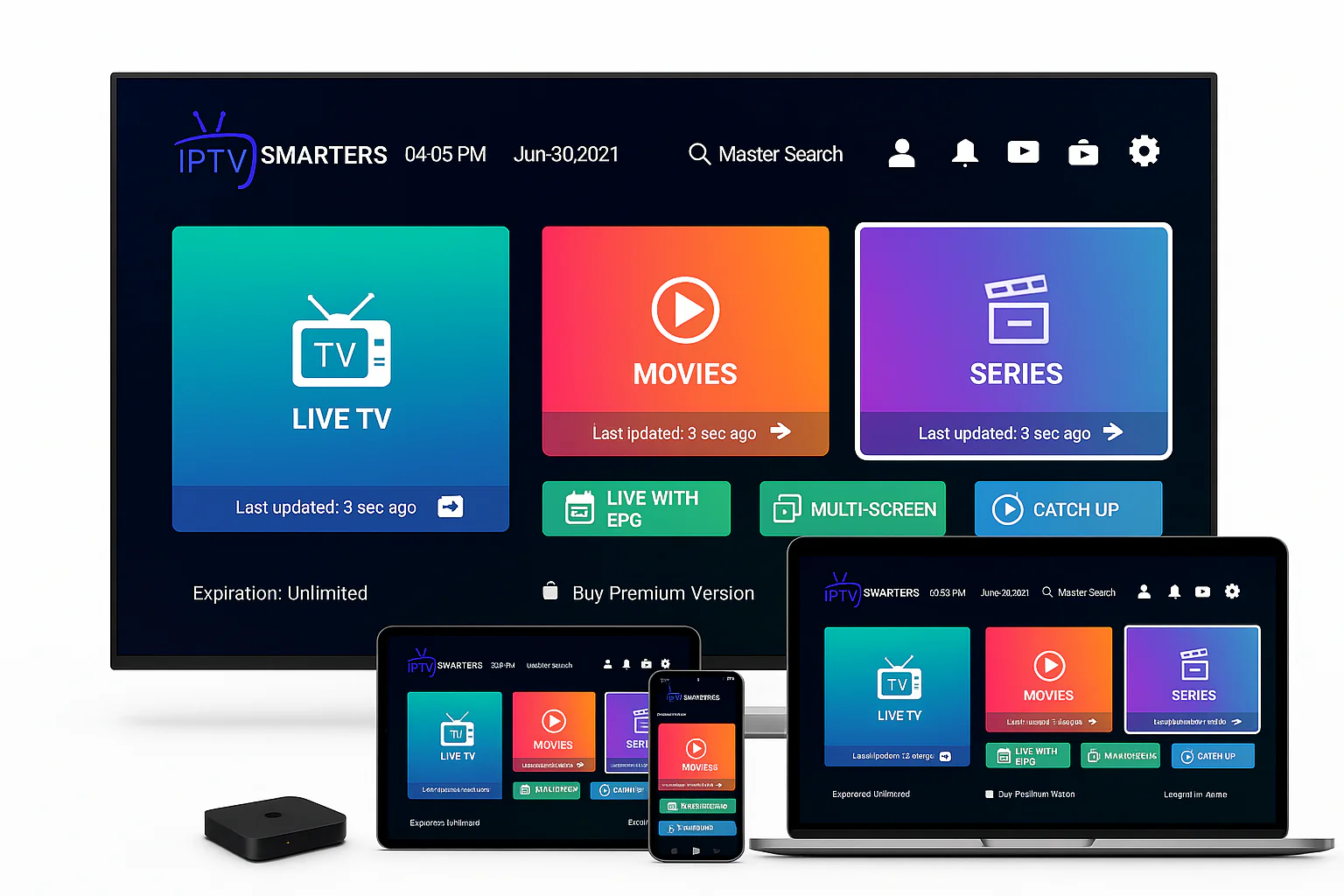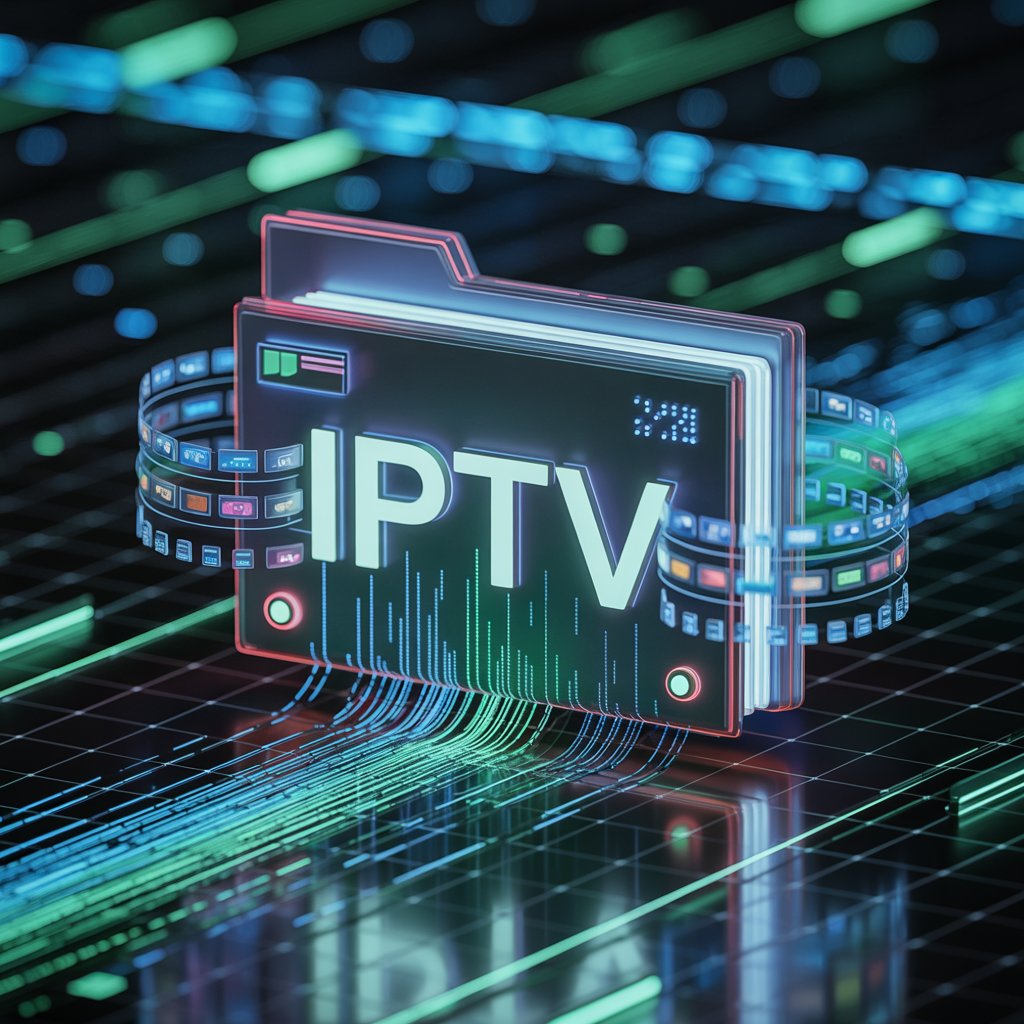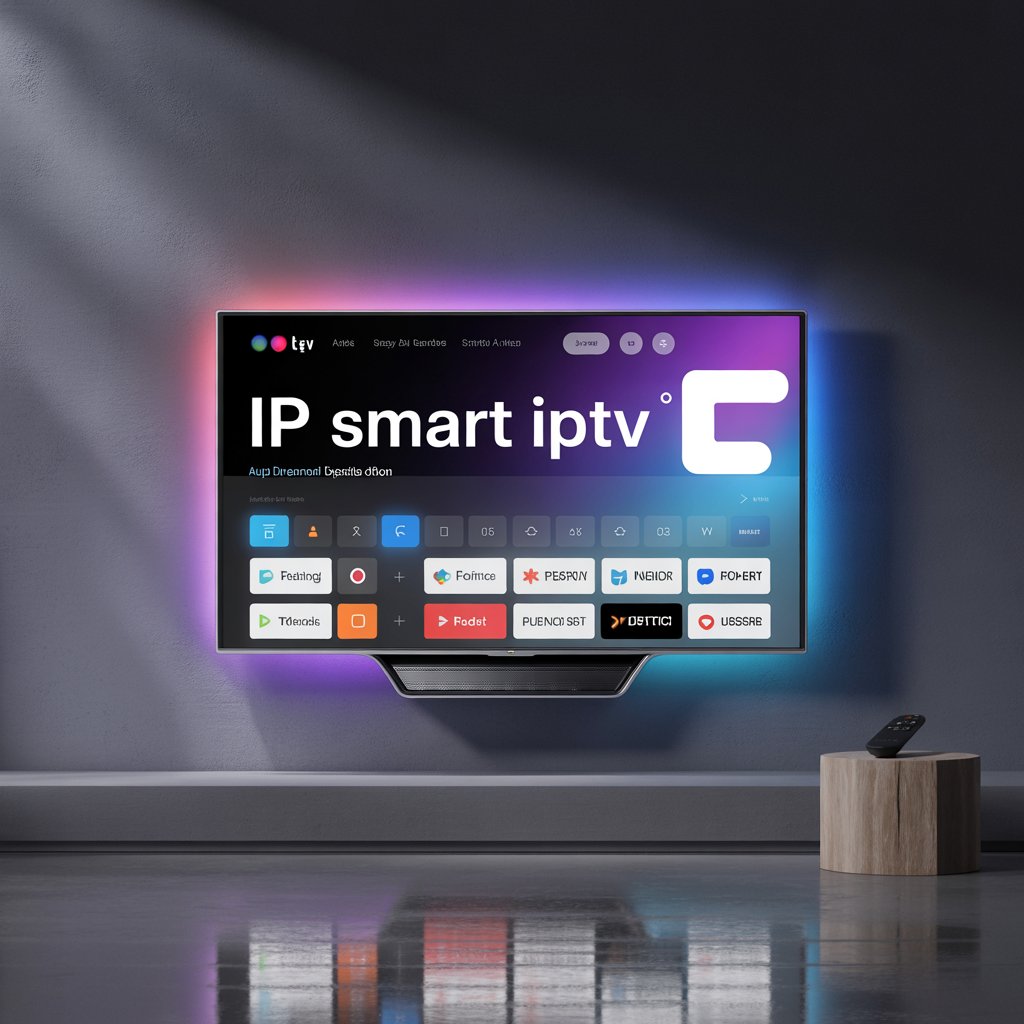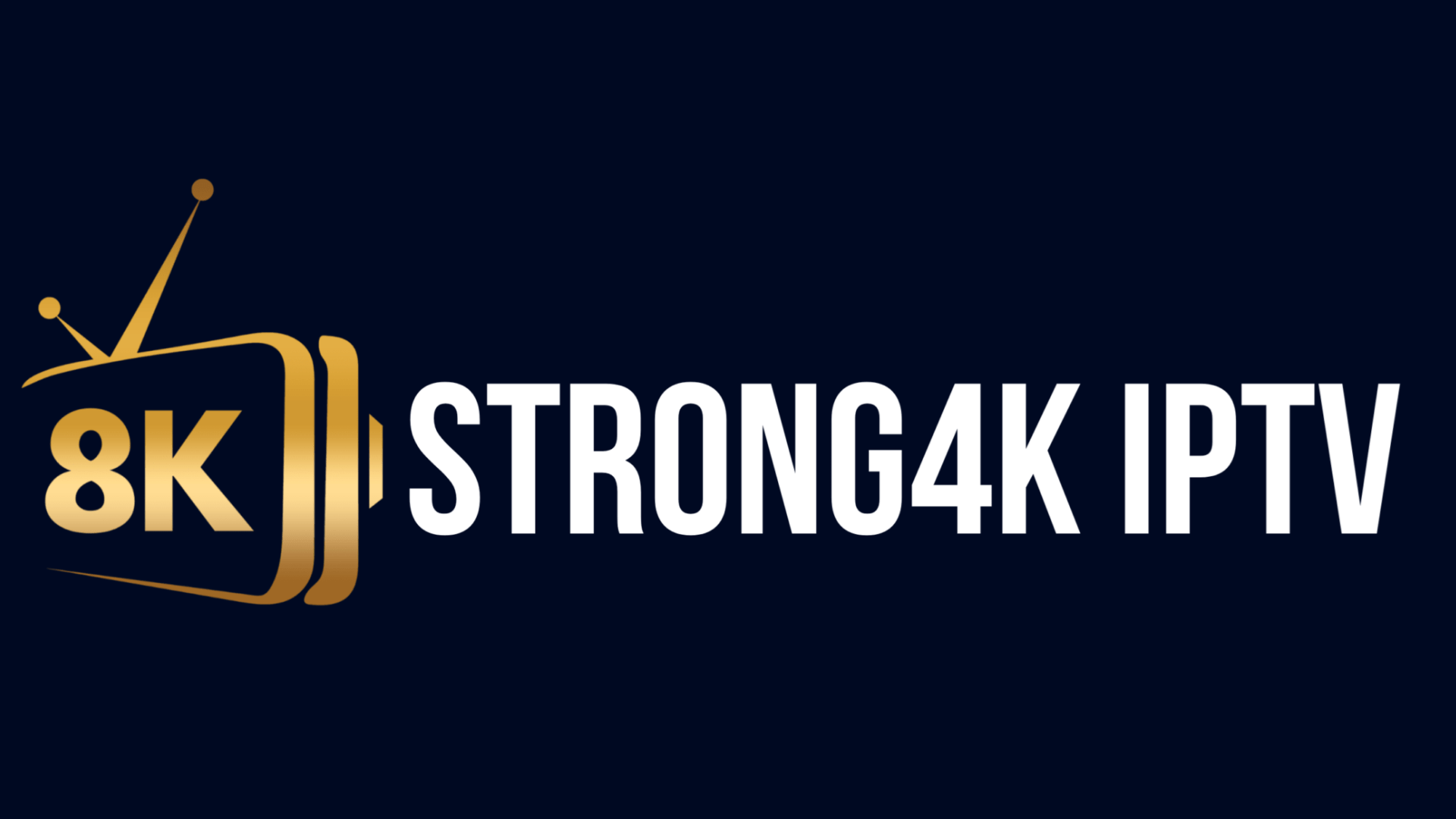In the world of entertainment, convenience is key, and nothing makes it more convenient than having the ability to watch your favorite shows, movies, and sports across multiple devices. This is where IPTV Smarters Pro 4 devices subscription shines. It allows you to stream live TV and on-demand content on up to 4 devices at […]
Understanding IPTV filetype:M3U: What It Means and How to Use It – A Guide by IPTV Trends
In recent years, more and more people have started ditching cable in favor of more flexible, affordable options. One of the biggest game-changers? IPTV. If you’ve ever searched for something like “iptv filetype m3u”, “iptv filetype:m3u”, or “filetype:m3u iptv”, you’re not alone—and you’re definitely in the right place. As someone who’s been in the entertainment […]
What is IP Smart IPTV? The Smarter Way to Stream Your Favorite Content
If you’ve been hunting for a better way to watch your favorite shows, live sports, or international content without being tied to a traditional cable contract, you’re in the right place. At IPTV Trends, we’ve seen how the landscape of TV entertainment has evolved over the years—and right now, one of the most exciting shifts […]
IPTV Smarters Failed to Authorize: What It Means & How to Fix It [Expert Guide – 2025]
If you’re an IPTV enthusiast, chances are you’ve heard of IPTV Smarters. It’s one of the most popular apps out there to stream your favorite shows, live sports, and movies through IPTV services. But every so often, users run into a frustrating message: “IPTV Smarters Failed to Authorize.” More specifically, the failed to authorize IPTV […]
ARCOM IPTV : Ce que vous devez savoir avant de choisir votre service IPTV en 2025
Bienvenue sur IPTV Trends, votre destination privilégiée pour une expérience IPTV fiable, légale, sécurisée et de qualité. Si vous êtes ici, c’est probablement parce que vous avez entendu parler de l’ARCOM et IPTV, un sujet qui inquiète de nombreux utilisateurs en 2025. Pas de panique — dans cet article, on vous explique tout sur l’ARCOM […]
The Ultimate Guide to IPTV Wire in 2025 – Everything You Need to Know
Introduction Tired of paying outrageous cable bills for channels you never watch? You’re not alone. IPTV Wire is revolutionizing how we consume television, and at IPTV Trends, we’re leading this streaming revolution with the most reliable service available today. Whether you’re searching for the latest IPTV Wire news, want to install the IPTVWire APK, or just need the best streaming […]
What is 247 IPTV? The Ultimate Guide for Endless Entertainment in 2024
Introduction: Cut the Cord and Never Look Back Ever found yourself staring at a $150 cable bill while watching reruns of the same old shows? I was in your shoes just last year – frustrated with limited choices and endless contracts. That all changed when I discovered 247 IPTV, and now I’m here to share why […]
Nomad IPTV – The Ultimate Guide for Streaming Enthusiasts (2025 Edition)
Introduction: Cutting the Cord Without Compromise Hey there, fellow streamers! If you’re reading this, you’re probably fed up with outrageous cable bills and limited content options. As someone who’s tested over 50 IPTV services (yes, really!), I’m excited to share my in-depth Nomad IPTV review with you today. At IPTV Trends, we’ve spent months putting the Nomad IPTV app through […]
Marinios IPTV – A Comprehensive Review for 2024 (And Why IPTV Trends Might Be Better)
Introduction Remember the days when cable TV was your only option? You’d pay $100+ per month just to watch reruns, sit through endless commercials, and still miss your favorite shows. Then IPTV came along and changed everything. After testing over 30 different IPTV services (and wasting money on at least 5 terrible ones), I’ve become […]
Strong8K IPTV – The Ultimate Streaming Experience in 2024
Introduction Hey there, fellow streamers! If you’re tired of paying ridiculous cable bills, dealing with buffering issues, or missing out on your favorite sports and shows, I’ve got exciting news for you. Strong8K IPTV is revolutionizing streaming in 2024, and after testing dozens of services (some great, some… not so much), I can confidently say this one […]




![IPTV Smarters Failed to Authorize: What It Means & How to Fix It [Expert Guide – 2025] iptv smarters failed to authorize](https://iptvtrends.store/wp-content/uploads/2025/06/maxresdefault-1.jpg)






